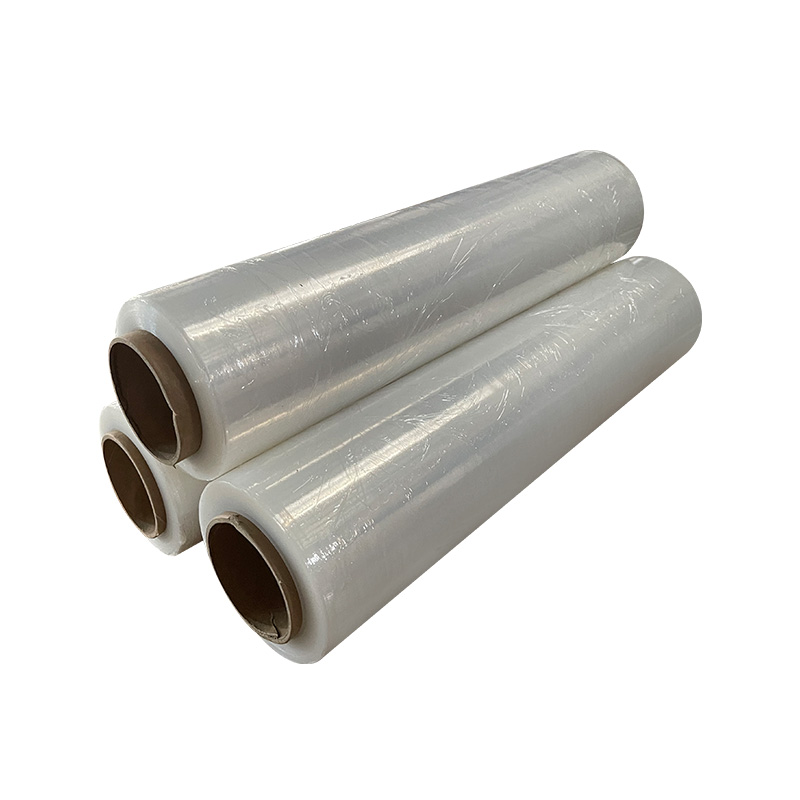The co-extrusion process of
PE/PP co-extruded film is highly adaptable to different processing conditions. Co-extrusion involves simultaneously extruding two or more polymers through a single die to form a multilayer film with different properties in each layer.
One of the main advantages of co-extrusion is its flexibility to work with different combinations of materials and layer structures. In the case of PE/PP co-extruded film, both polyethylene (PE) and polypropylene (PP) can be used as the primary polymers. These polymers have different characteristics and properties, making them suitable for various applications. By adjusting the processing conditions, such as temperature, melt flow rate, and screw speed, the properties of each polymer layer can be optimized to meet specific requirements.
For example, PE is known for its excellent clarity, flexibility, and water resistance, making it suitable for applications such as food packaging or heavy-duty bags. On the other hand, PP offers superior dimensional stability, strength, and chemical resistance, making it suitable for applications like automotive parts or industrial packaging. By adjusting the processing conditions, it is possible to create a PE/PP co-extruded film with a higher concentration of PE for superior clarity or a higher concentration of PP for improved strength.
Furthermore, the co-extrusion process allows for the incorporation of various additives or fillers, such as colorants, anti-blocking agents, or UV stabilizers, which further enhance the properties of the co-extruded film. The processing conditions can be modified to ensure proper dispersion and distribution of these additives throughout the film structure.
In terms of processing temperatures, both PE and PP have a wide processing window, allowing for a broad range of temperature settings. This enables manufacturers to adjust the processing temperature based on the desired characteristics of the film and the specific formulation of the polymers and additives being used.
The co-extrusion process can accommodate different film thicknesses, widths, and layer configurations. The configuration of the co-extrusion die and the design of the screws can be altered to produce films with varying layer ratios and thicknesses. This versatility allows manufacturers to create films with specific barrier properties, such as oxygen or moisture resistance, or films with different surface properties, such as low friction or high slip.
